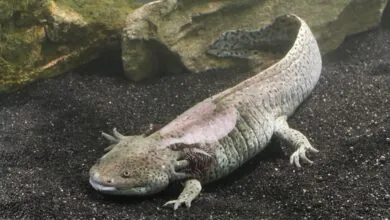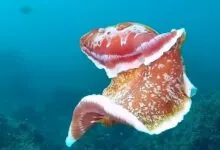Hammerhead Shark: Signature Hammer Head Marvel
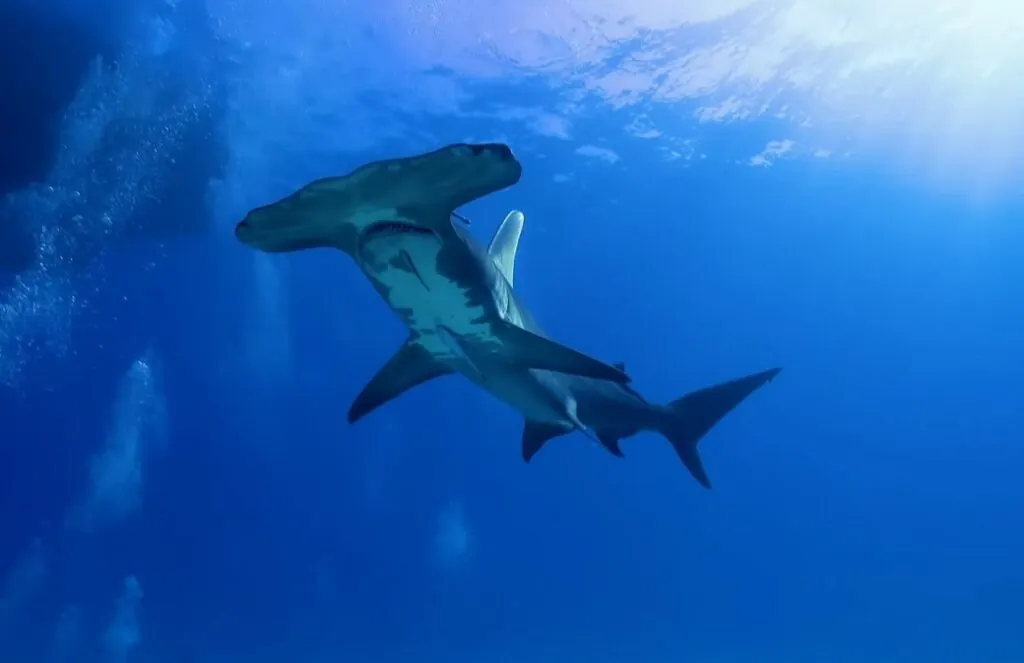
Hammerhead shark scientifically named as Sphynidae having a unique “hammer” shaped head, emerges as a captivating and mysterious predator of the sea. The sharks, from their creepy capability to pinpoint prey veiled beneath the sand to their exceptional schooling behavior, spark our curiosity and beckon us to unfold their extraordinary world beneath the waves. Let’s us dive into the precise aspects of this majestic creature!
| Kingdom | Phylum | Class | Order | Family | Genus | Scientific Name |
| Animalia | Chordata | Chondrichthyes | Carcharhiniformes | Sphyrnidae | Sphyrna | Sphyrnidae |
Origin and Evolution
Hammerhead sharks first made an appearance in oceans 20 million years back in time. Contemporarily, scientists have discovered 530 species of shark, of which 10 hammerhead shark species are alive. It is valid to hold the belief that the sharks evolved from a single carcharhinid predecessor having a normal-shaped head.
As the matter with hammerhead shark’s evolution, studies propose that these species got its hammer-shaped head snout helps it extend its vision and have a successful hunt. On top of that, its wide apart eyes are meant for wide vision in lieu of hinder it.
Distribution
The species are distributed worldwide particularly along the coastline and continental plates. They can be located in the ocean and prefer warm bodies of water. Their migration kicks off as the seasons change, that is, they move to the equator during the winter and the poles during the summer. They can be found in multiple habitats such as seagrass beds, coral reefs and continental shelves.
Species Variations
In the connection with hammerhead shark’s distribution, its different species have varying ranges and preferences. Some species, such as scalloped hammerhead (Sphyrna lewini) and the great hammerhead (Sphyrna mokarran), regarded as undertaking long-distance migrations, are more commonly located in the open ocean. They can be sited in the Atlantic, Pacific Oceans, Indian as well as the Mediterranean Sea.
Coastal Distribution
The species tend to inhabit coastal areas encompass bonnethead shark (Sphyrna tiburo) and smooth hammerhead (Sphyrna zygaena) and are most often than not encountered near bays and estuaries. The wider distribution of these species occurs in multiple oceanic regions, including the Atlantic, Indian and Pacific Oceans.
Geography
| Continents | North America, South America, Africa, Europe, Asia, Oceania |
| Subcontinents | Southeast Asia, Central America, South Asia, South Pacific Islands |
| Countries | United States, Mexico, Brazil, Ecuador |
| Bio-geographical Realms | Nearctic Realm, Neotropical Realm, Palearctic Realm |
| Biome | Coral Reefs, Continental Shelves, Open Ocean |
| Climate Zones | Tropical Climate Zones, Subtropical Climate Zones |
Population
In recent years, the population of hammerhead shark, facing a decline with some species categorized as threatened and some others critically endangered, has been a cause of great concern.
Factors Responsible for Population Decline
Among the factors contributing to population decline, overfishing is the most conspicuous one. Their fins which are highly valued in some cultures for shark fin soup are what they sought after. Shark finning – removing fins and discarding the rest of the shark at sea – has had a severe impact on the population of the species.
Habitat
Hammerhead sharks are commonly acknowledged as inhabiting multiple marine environments around the world. They span temperate and topical regions and can be found in both coastal and open ocean waters. When it comes to the hammerhead shark’s habitat, their preferences may vary depending on their species.
These opportunistic predators’ head shape provides them with extended sensory abilities, such as the potential to pinpoint electrical signals produced by their prey and better visual acuity. They feed on various preys, including squid, fish and rays. In this exploration of ocean life, we face a fascinating contrast with the lungfish, a creature adapted to survive in both water and land.
Appearance
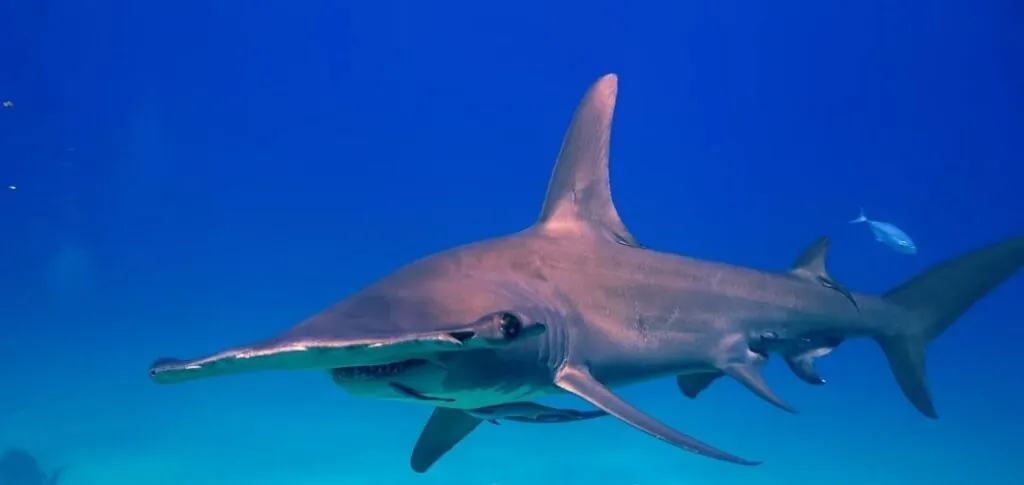
In connection with the appearance of hammerhead shark, it the unique head shape that outshines it from the rest of the species. Its elongated and flattened head forms a hammer-like structure regarded as a cephalofoil.
Enhanced Vision
On the outer edges of the cephalofoil, the hammerhead shark’s eyes are positioned. They provide it a wider field of vision in contrast with the other shark species. It’s the unparalleled placement of the eyes that lets the shark have an excellent binocular vision, assisting it to locate prey and navigate their environment.
Size Variations
With respect to the hammerhead shark’s size, the larger species, like the great hammerhead (Sphyrna mokarran), measure the length of 20 feet (6 meters), whereas smaller species may reach around 3 to 6 feet (1 to 2 meters) in length.
Camouflage and Coloration
The shark has a slender body with the coloration of grayish-brown or olive-green on their dorsal (upper) side, provide them assistance in blending in with their environments. Their ventral (underside), on the other hand, is lighter in color, mostly white or pale yellow. This color scheme offers them camouflage, making it easier for the shark to hide itself from both predators and prey.
Distinctive Head Shape
Until now, you might have grasped the notion of what makes this creature conspicuous! Yes, it’s the head shape which gives it its name. Its head known as cephalofoil is wide and extends outward on both sides, approximating the shape of a hammer or a “T”.
Anatomy
| Mouth | A large mouth positioned on the underside of their head |
| Jaw | Powerful and flexible |
| Teeth | Rows of sharp, triangular-shaped teeth |
| Nose | Sensory organs called ampullae of Lorenzini |
| Skeleton | Made of cartilage |
| Fins | Pectoral, dorsal, and caudal fins |
Reproduction and Life Cycles
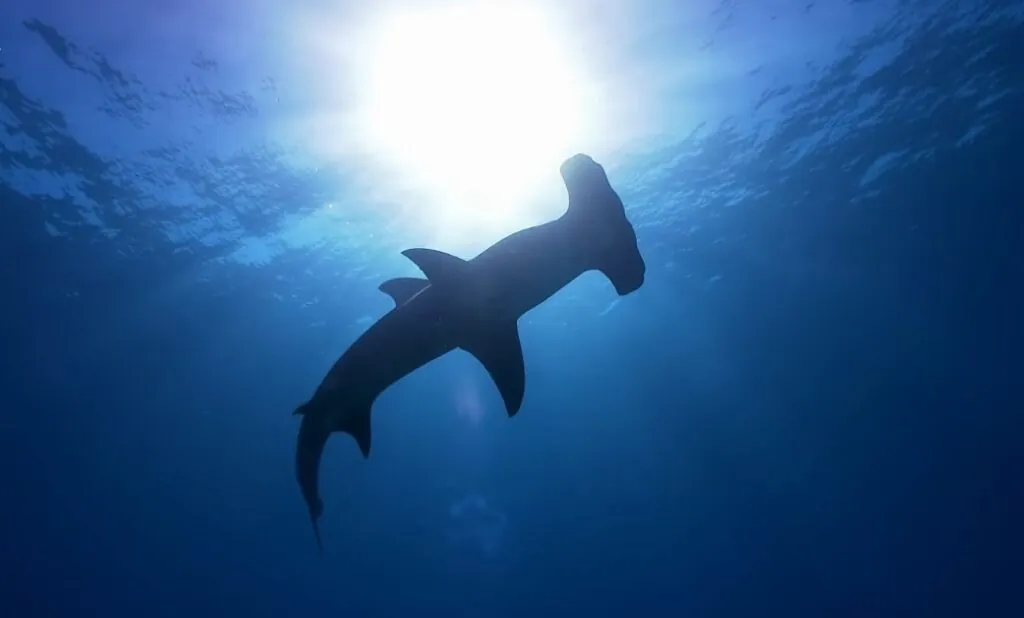
In connection with hammerhead shark reproduction, there are some prominent aspects worth understanding for their conservation and the marine ecosystem’s overall health.
Sexual Dimorphism
Hammerhead sharks showcase sexual dimorphism, that is, males and females exhibit physical distinctions. Females, commonly, tend to be larger than males; the cephalofoils of the former are broader, conceivably to accommodate the growth of embryos while they’re pregnant.
Reproductive Maturity
The age for these sharks’ reproductive maturity varies among species. Scientists let the cat out of the bag by disclosing that female sharks reach maturity later than males. On the part of some species, it can be as soon as 4-5 years, whereas some other make reach the reproductive maturity up to 9-10 years.
Mating Behavior
During the breeding season – spring and summer – males make use of their sense of smell spotting pheromones released by receptive females. Males exhibits aggressive behaviors like biting and nipping until the female permits him to mate with her. Owing to their thick skin, the mating rituals are not painful, albeit there can be scars from the bites on older females’ bodies.
Ovoviviparity
These species are ovoviviparous – a reproductive approach whereby the embryos grow inside eggs within the mother’s body. Inside the female’s oviduct the eggs hatch and she produces live pups.
Gestation Period
The gestation period of hammerhead shark varies built upon the species. It can range from 6 to 11 months. Among sharks, the great hammerhead (Sphyrna mokarran) has one of the extended gestation periods.
Litter Size
These creatures, normally, produce litters comprising of 12 to 40 pups. Nonetheless, owing to the higher energy investment in each individual pup, some larger species may have smaller litters.
Mating Habits
| Mating Behavior | Polygamous mating behavior |
| Reproduction Season | During the spring and summer |
| Gestation Period | 6 to 12 months |
| Baby Carrying | Viviparous, giving birth to fully formed pups |
| Independent Age | 3 to 12 months after birth |
| Baby Name | Pup |
Lifestyle
These sharks exhibit a distinct lifestyle that let them thrive in their respective environments. Let’s unfold more spotlighting their feeding habits and social behavior.
Feeding Habits
Occupying the top of the marine food chain, the diet of hammerhead shark comprises cephalopods, fish and crustaceans – they’re carnivores. They enhance their hunting abilities using the cephalofoil. The wide-set eyes on the either side of their head assist them having a stretched vision that eventually plays a crucial role in locating prey.
Social Behavior
These species showcase both social and solitary behaviors. When they’re outside of their mating and feeding events, they use to be solitary animals, roaming the ocean separately and in small groups. Having said that, during the mating season, they gather in larger groups to pinpoint appropriate mates.
Prey
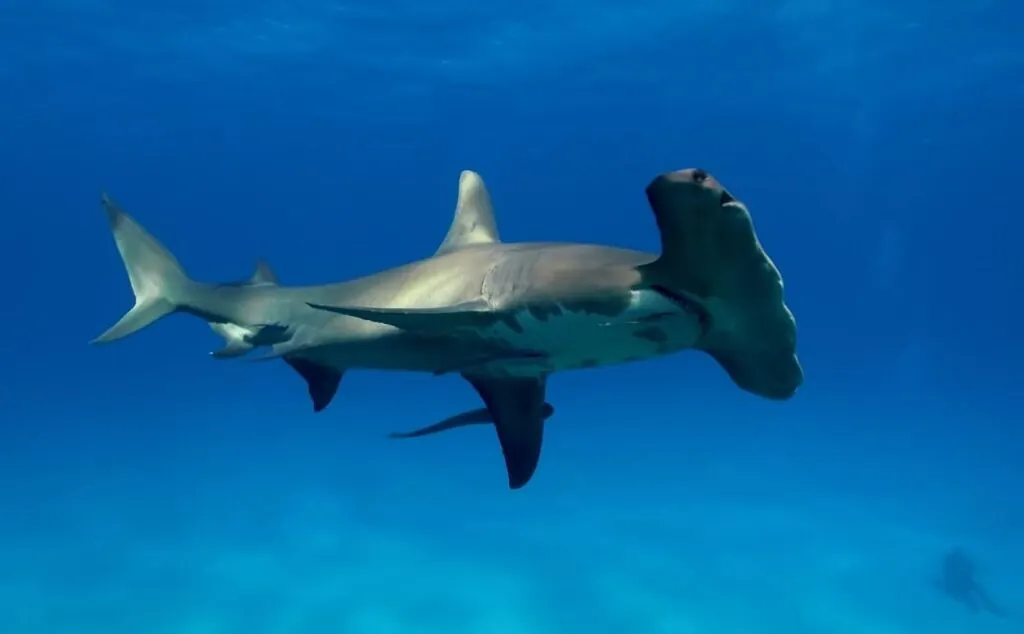
Hammerhead sharks, with over 10 recognized species, are found in offshore and coastal waters worldwide. Possessing multiple ecological and physiological adaptations, there’s one common feature that unites them all – their outshining hunting strategies.
Fish
The hammerhead shark’s prey encompasses fish which is the primary component, in fact. They hunt bony fish, including but not confined to rays, smaller sharks and bony fish like sardines, mackerel and herring.
Invertebrates
Not to mention fish, these apex predators consume a considerable amount of invertebrates. Their prey may encompass crustaceans like lobsters and crabs, cephalopods such as squid, and sporadically smaller octopuses.
Threats and Conservation
The sharks encounter numerous threats leading to a sharp decline in their populations worldwide. Overfishing, one of the most pressing dangers, driven by the lucrative need for shark fins in global markets. Resultantly, countless hammerhead sharks fall a prey to inhumane process of finning. Being subjected to the unintended casualities of commercial fishing doings, they become entangled in fishing gear as bycatch.
The conservation status of hammerhead sharks is “near threatened”. In response to the alarming decline due to the aforementioned reasons, international agreements like Convention on International Trade in Endangered Species of Wild Fauna and Flora (CITES) safeguard them restricting their trade. A number of countries has reinforced fishing limitations, for instance, establishing shark sanctuaries and enforcing size limits.
Relationship with Humans
The hammerhead shark’s relationship with humans is most often than not influenced by human doings. Owing to overfishing, many species have been listed as endangered or vulnerable. Nevertheless, these sharks, contributing to the health and balance of marine life, play a critical ecological role as apex predators.
The Rundown and Fun Facts
| Common Name | Hammerhead Shark |
| Number of Species | 10 |
| Lifespan | Around 20 to 30 years |
| Weight | 300lbs-1000lbs |
| Length | 0.9m-6.1m (3ft-20ft) |
| Top Speed | Around 25 miles per hour |
| Predator | Tiger Shark, Great White Shark, Killer Whale, Humans |
| Prey / Food | Fish, squid, octopus, crustaceans, stingrays and cephalopods |
| Most Distinctive Feature | Hammer-shaped head called cephalofoil |

